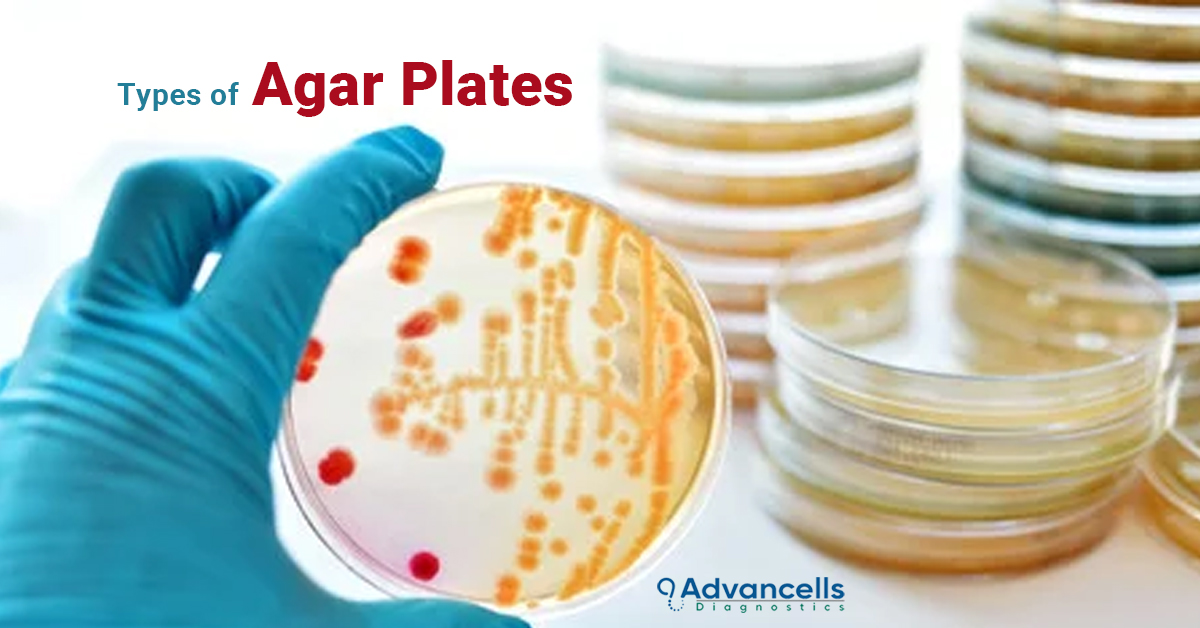Agar, a gelatinous polymer substance generated from red algae, is frequently employed as a substrate in biological laboratories. Agar plates are Petri dishes that contain agar and a growth media to cultivate bacteria and other microorganisms. The first round of microorganisms is placed on the gelatinous surface of the plate, where they are then incubated at body temperature to form colonies that can be isolated and examined. Based on the microorganisms you want to culture, agar plates are available with a wide variety of medium or nutrients. Some of the common types of agar plates used in microbiology experiments include:
Nutrient Agar
The widest range of microorganisms, primarily fungus and bacteria, are grown on nutrient agar plates. Depending on what you wish to grow, it often contains nutrients from either beef broth or yeast extract. General nutrition agar plates come in a few different varieties.
- Luria Bertani agar (LB agar) is a typical nutrient agar for the ordinary general growth of bacteria and is not particularly well suited for a specific kind of microbe.
- Miller’s LB agar is a type of LB agar that contains various ratios of the same ingredients.
- Tryptone Soy Agar (TSA agar) is another all-purpose media, which is produced from casein and soybean meal and is employed as an initial growth medium to evaluate bacterial morphology or to boost bacterial growth for research or storage.
- PEA (phenyl ethyl alcohol agar) is selective for Staphylococcus species and helps in inhibiting gram-negative bacteria.
Blood Agar Plates
5-10% of sheep or horse blood is added to the nutritional medium to create blood agar plates (BAP). The plates are stained blood red because the red blood cells are preserved in the agar. It is an enriched, non-selective differential medium that promotes the growth of several bacteria and can identify the microorganism’s hemolytic activity. The red blood cells in the agar can be lysed by beta-hemolytic bacteria, partially lysed by alpha-hemolytic bacteria, or unaffected by gamma (non)-hemolytic bacteria.
Instead of containing chocolate, chocolate agar plates (CHOC) are a form of blood agar plate in which the red blood cells have been destroyed, giving the agar plates a dark brown colour. Haemophilus influenzae and Neisseria gonorrhoea are usually cultivated and studied on chocolate agar plates.
MacConkey Agar Plates
Bile salts and crystal violet are used to make the differential type medium known as MacConkey agar plates (MAC). Due to these additions, only Gram-negative bacteria can grow on the agar; Gram-positive species are prevented from doing so. By causing the bacteria to grow in red (lactose-fermenting) or clear colonies, this agar can also contain lactose to differentiate between lactose-fermenting and non-lactose-fermenting bacteria.
Advancells Diagnostics is the leading provider of a range of ready to use agar plates in India. If you are looking for agar plates, get in touch with us at [email protected]
